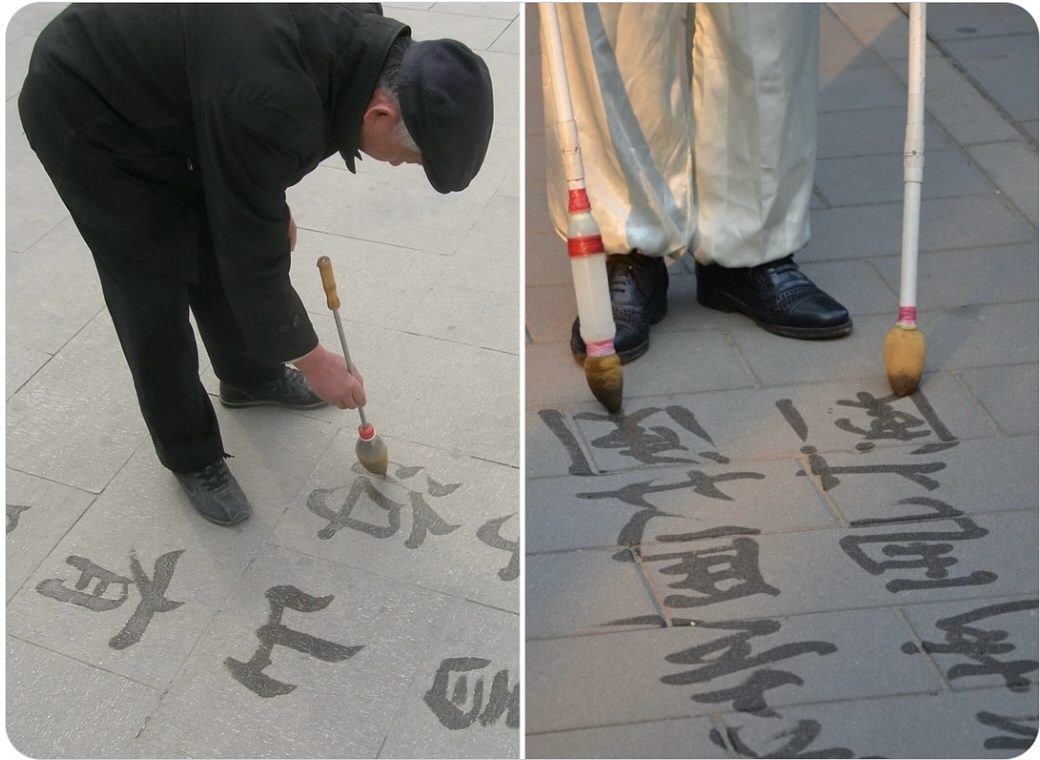How Ground Calligraphy in China Teaches Us About Impermanence, Mindfulness, and the Beauty of the Present Moment
On a quiet morning in a park in Beijing, you might see an elderly man leaning slightly forward, brush in hand, tracing delicate Chinese characters across the pavement. His brush isn’t dipped in ink but in water, and the strokes he creates glisten for only a few moments before slowly fading away. This practice, known as ground calligraphy or dìshū, is a modern cultural tradition in China, and it has become both a form of art and a way of meditative expression. At first glance, it looks like someone simply writing for fun on the sidewalk, but when you pause to watch, the deeper meaning begins to reveal itself.
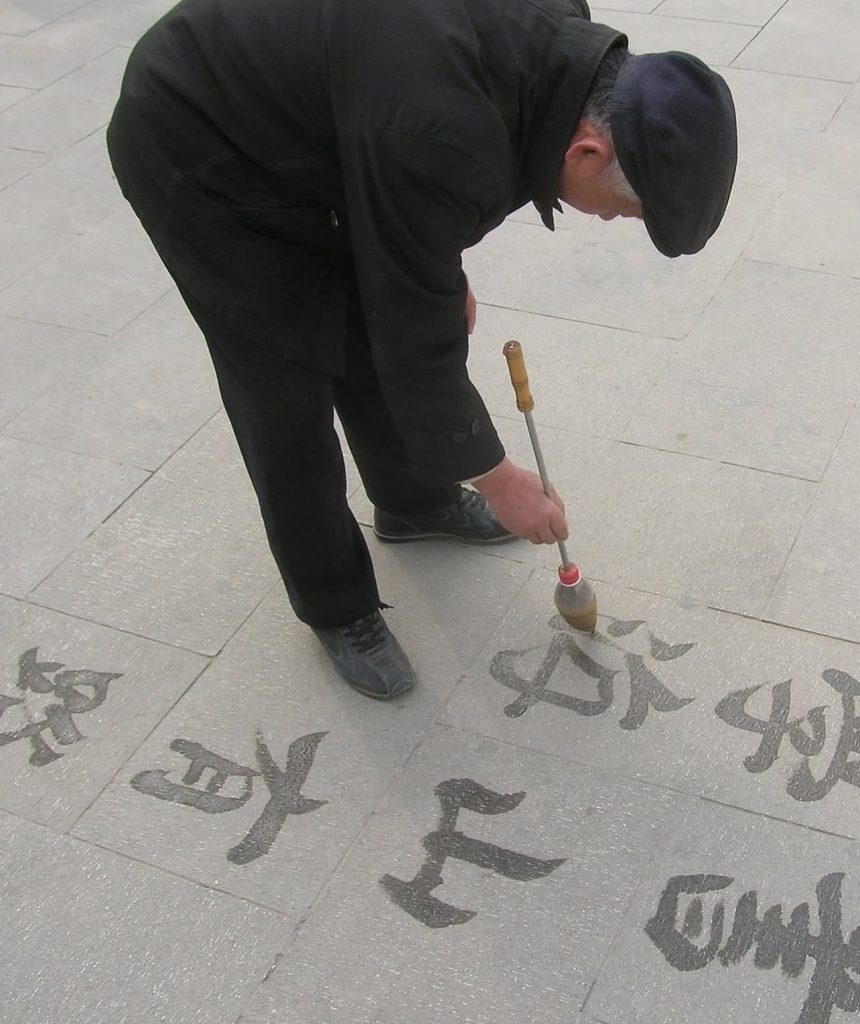
The roots of Chinese calligraphy stretch back thousands of years, with ink and brush on paper considered one of the highest forms of art. Dìshū takes that heritage and transforms it into something more accessible and alive in public spaces. With long-handled brushes often made from sponge or cloth, practitioners dip into buckets of water and sweep the strokes across the ground. The characters stand bold and dark for a moment, then fade as the water evaporates, leaving behind a clean slate for the next stroke. This cycle of creation and disappearance has made the practice more than just writing—it has become a reflection on life itself.
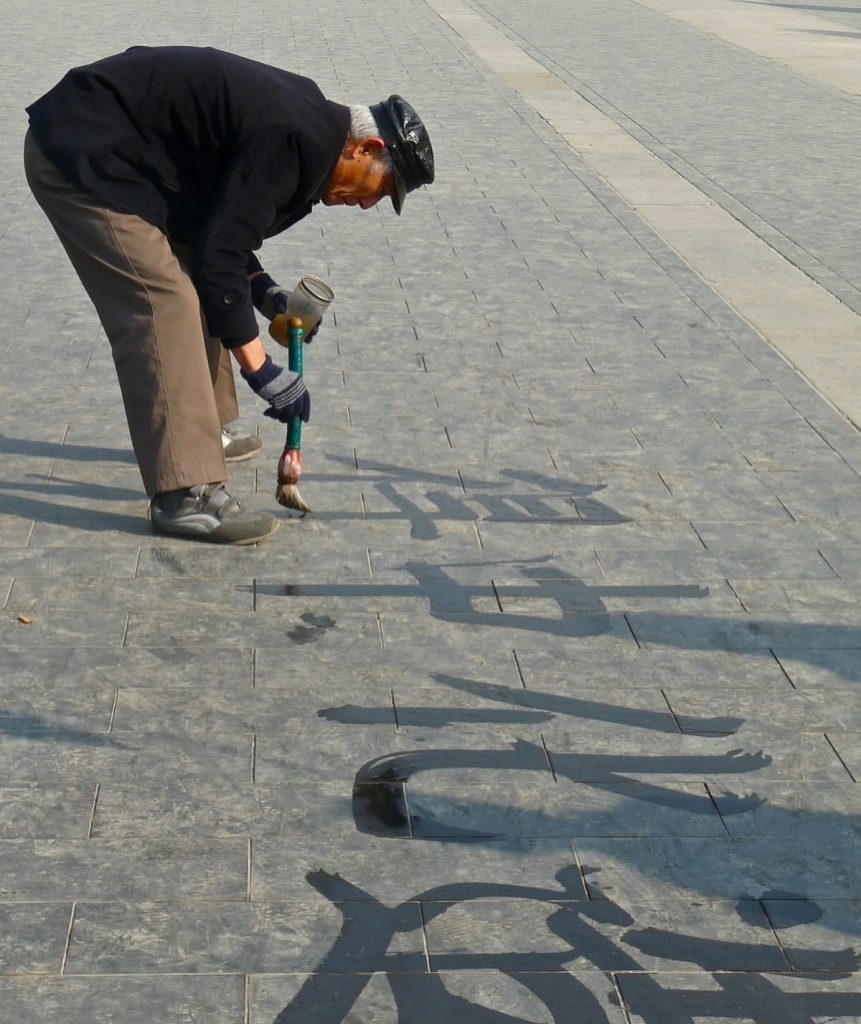
What makes dìshū so beautiful is its embrace of impermanence. Unlike traditional calligraphy, which is preserved on scrolls, this writing is meant to vanish. There is no final product, no artwork to hang on a wall or pass down through generations. The value lies in the act of writing itself, in being fully present while creating something that will soon disappear. It is a reminder that beauty can exist without permanence, and that some of the most meaningful experiences are the ones that live only in the moment.
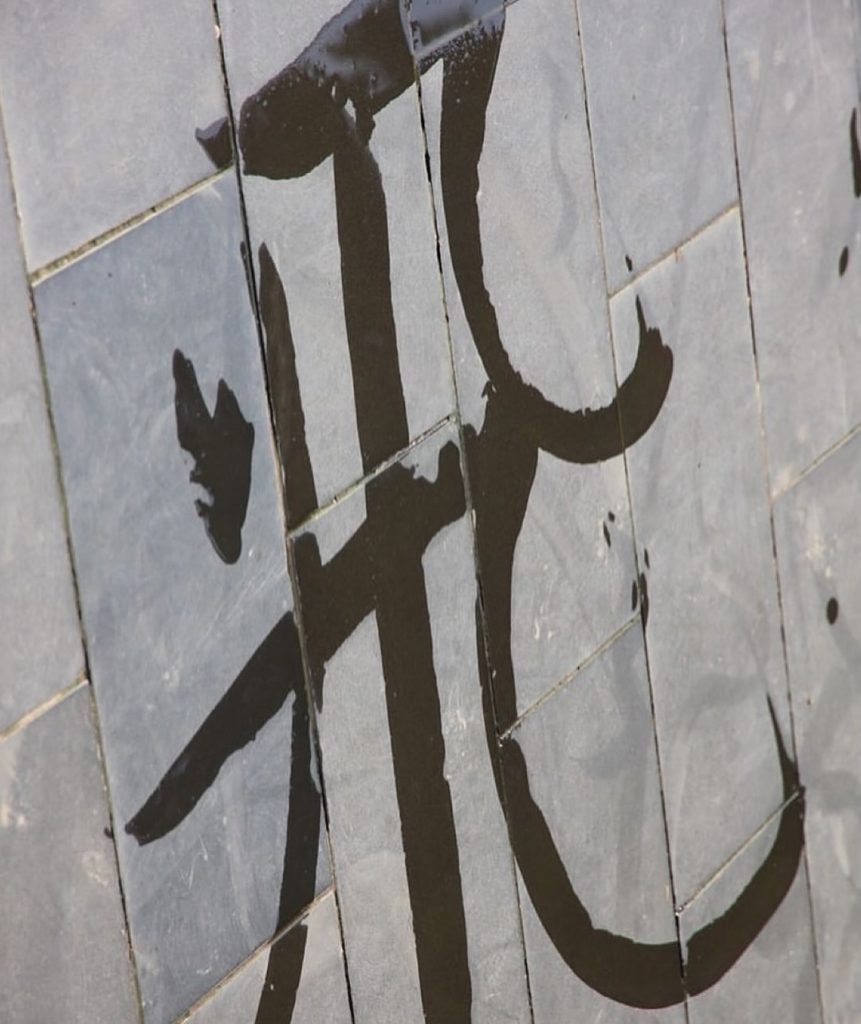
For many older practitioners, dìshū is also a form of exercise and social activity. You’ll often find parks filled with people chatting, exchanging tips, or pausing to admire each other’s writing. The act of bending, stretching, and moving the arm with precision provides gentle physical activity, while the conversations that unfold around it create a sense of community. In cities where life moves quickly and modern technology dominates daily routines, this practice offers a grounding pause, a chance to slow down and reconnect with tradition and with others.
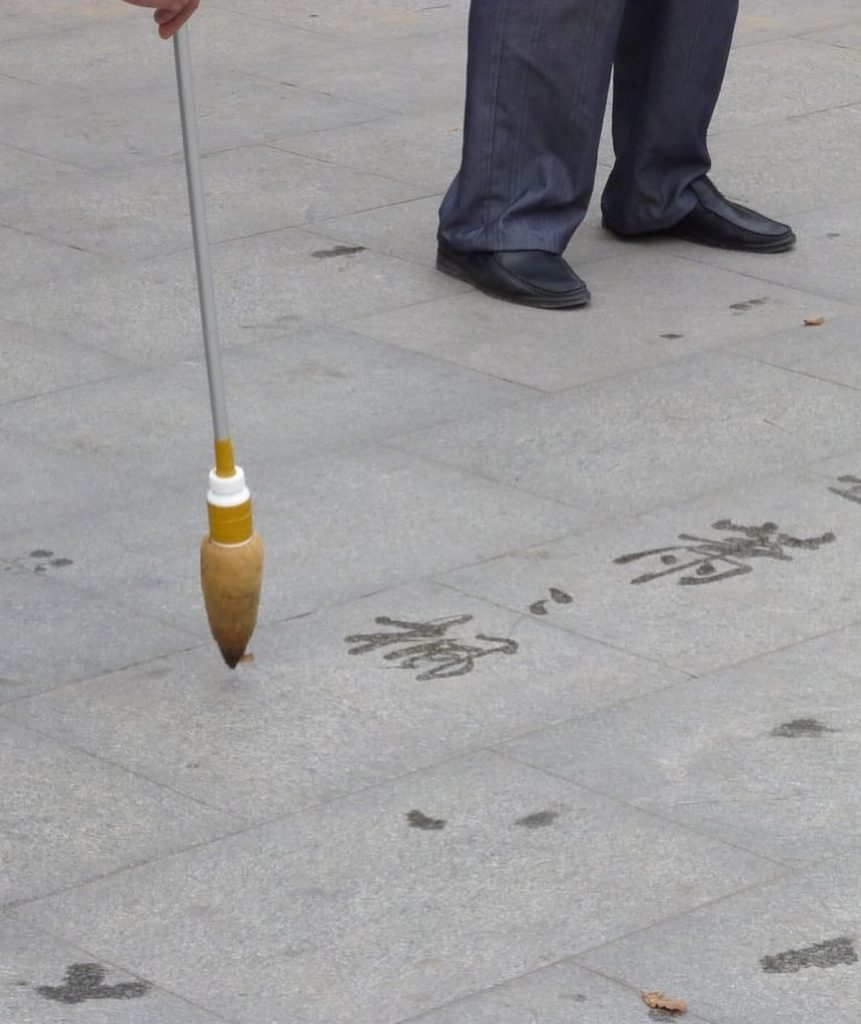
There is also a spiritual element to ground calligraphy. Each character written with water carries the weight of centuries of cultural history, yet it dissolves back into the earth in moments. This rhythm mirrors the natural cycles of life, reminding both the writer and the observer that nothing lasts forever. The disappearing characters encourage mindfulness, urging people to appreciate the present moment without clinging to what has already passed or worrying about what comes next.
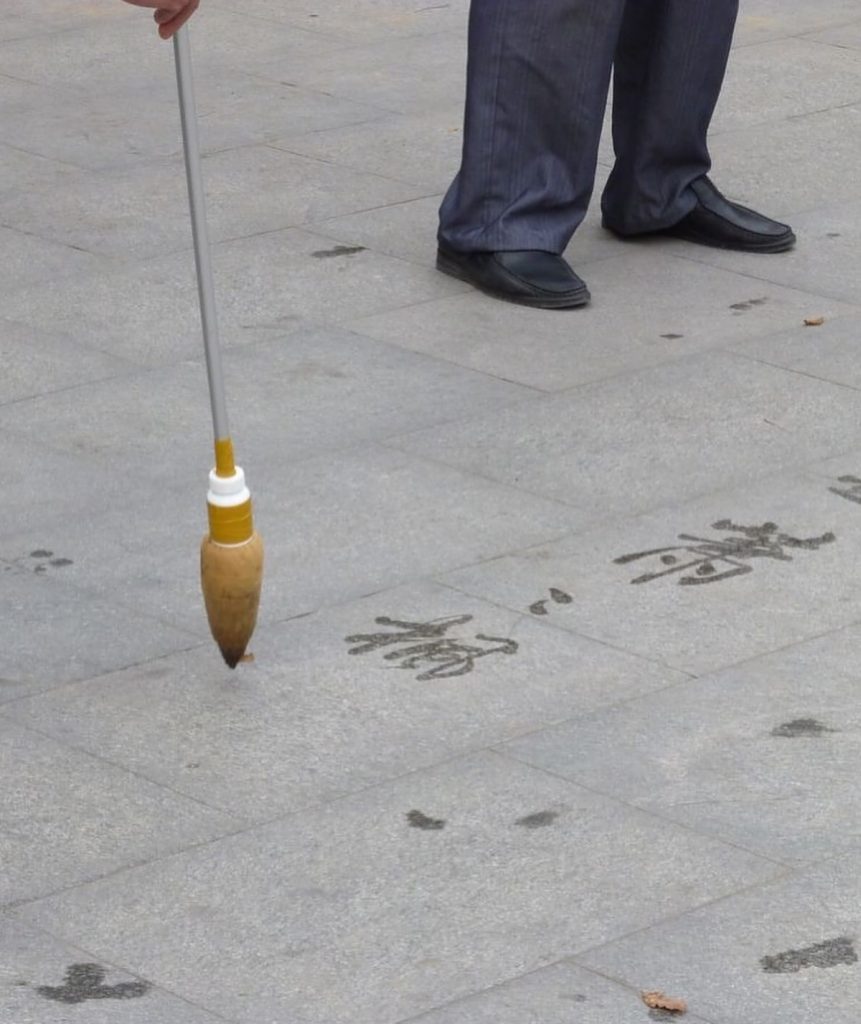
For younger generations, dìshū has also become a way of connecting with the wisdom of their elders. While many might first stop to watch out of curiosity, they often find themselves drawn into the practice, trying their own hand at the brush or asking about the meanings of the characters. In this way, it bridges generations, blending art, culture, and philosophy in a single act of writing that exists only for a few fleeting minutes.
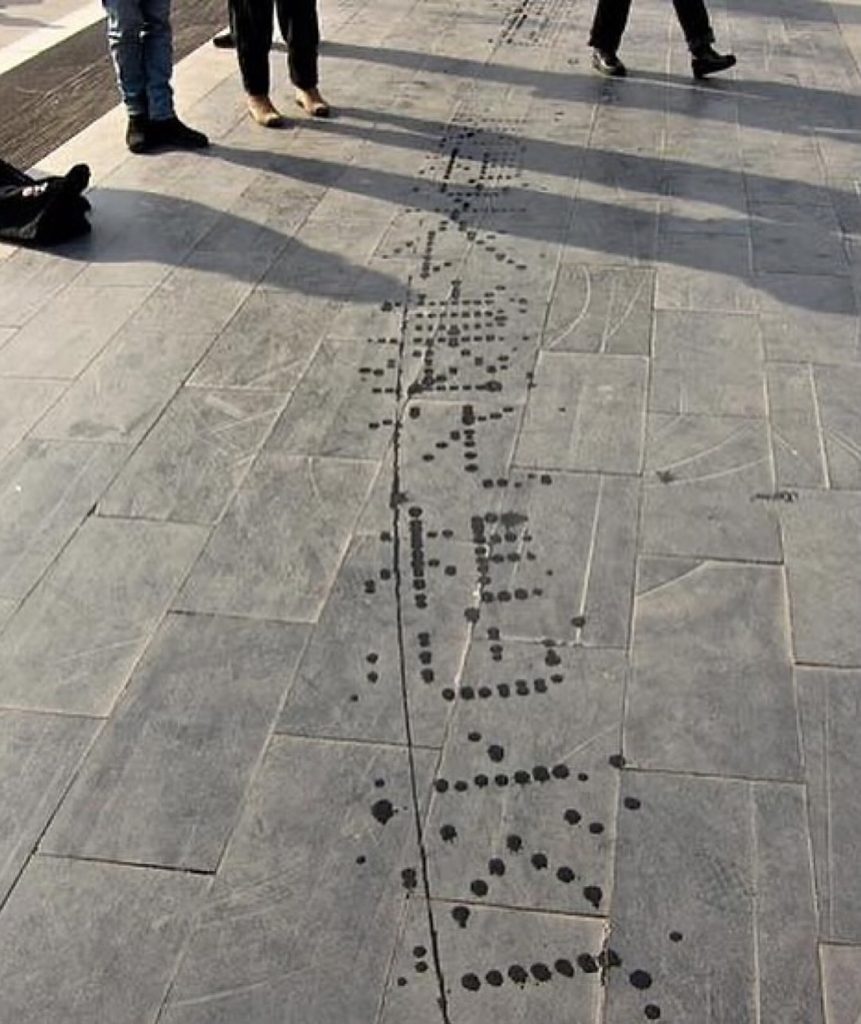
To witness ground calligraphy is to witness poetry in motion, not just on the pavement but in the way it reflects the human condition. It shows us that not every creation needs to be permanent to be valuable, and that sometimes the most powerful beauty is the kind that teaches us to let go. Whether you see it in a crowded Beijing park or hear about it from afar, dìshū carries a lesson worth remembering: that life itself is written in water, and the most meaningful strokes are the ones we live fully in the present.

Daniel Reed is a curious mind with a passion for breaking down how the world works. With a background in mechanical engineering and digital media, he turns complex ideas into easy-to-understand articles that entertain and inform. From vintage tools and modern tech to viral internet debates and life hacks, Daniel is always on the hunt for the “why” behind the everyday. His goal is simple: make learning feel like scrolling through your favorite feed — addictive, surprising, and fun.
